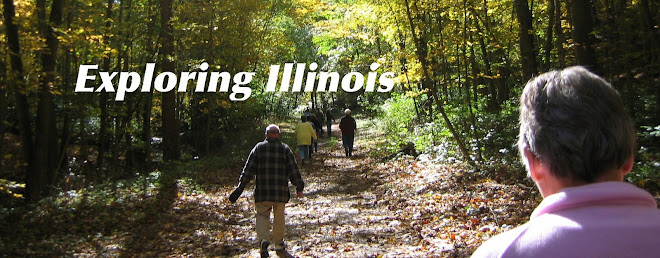
People in Griggsville really love purple martins.
They like the birds so much that more than 5,000 birdhouses line the city streets and in the town center they erected a 562-unit avian high-rise, which serves as home to hundreds of the blue-black birds (members of the swallow family) that are valued for their alleged ability to allegedly consume 2,000 mosquitoes per day.
The town is so enamored with the birds that it has proclaimed itself the Purple Martin Capital of the Nation. The claim even appears on the town’s water tower.
Griggsville’s purple martin-mania can be traced to 1962, when the local Jaycees were trying to combat a persistent mosquito problem—in the summer months Griggsville is a magnet for the bloodsuckers because it’s near both the Illinois and Mississippi rivers—but hesitant to use increasing amounts of chemical pesticides.
A local man, J.L. Wade, suggested that purple martins might be the answer because they eat nothing but tons of flying insects and, at the time, were an endangered species. Also, he knew that the birds don’t build their own nests but like to inhabit manmade structures.
Wade and the Jaycees consulted with ornithologists and developed a two-story, aluminum bird abode, which became known as the M-12K house. The design was so successful that Wade, who previously manufactured TV antennas, began commercially building the structures; his company is now known as Nature House Inc.
Later that year, the Jaycees installed more than two-dozen of the distinctive green and white houses, attached to tall aluminum poles at 100-foot intervals along the community’s main road. However, the service club’s crowning achievement was erecting a tower of martin manors rising 70-feet high and featuring 562 apartments.
The giant avian condo attracted hundreds of the little birds and thrust Griggsville into the forefront as the country’s most purple martin-friendly town.
These days, the town and the purple martins have settled into a comfortable state of co-existence. The birds find convenient, welcoming quarters when they hit town (they winter in Brazil) while the townspeople gain a natural predator that devours pesky flying insects including dragonflies, damselflies, mayflies, stinkbugs, leafhoppers, Japanese beetles, June bugs, butterflies, moths, grasshoppers, cicadas, bees, wasps and flying ants.
The community also sells plenty of t-shirts and other chotchkies labeled with a silhouette of a martin and the words, “America’s Most Wanted Bird.”
Of course, 5,000 birdhouses and a comparable number of birds (and bird guano) beg the question—do those little aluminum abodes come with bathrooms?





No comments:
Post a Comment